The Enigmatic Beauty of a Bygone Era
Golden hair, piercing blue eyes, and a sultry presence that electrified the screen—Yvette Vickers embodied the very essence of mid-century Hollywood allure. Best remembered as a B-movie queen and a sex symbol of the 1950s, her life was filled with passion, whispered romances, artistic ventures, and a tragic final chapter that seemed torn straight from the noir films she once starred in. Her story is as captivating as it is heartbreaking, a cautionary tale about fame, loneliness, and the fleeting nature of stardom.
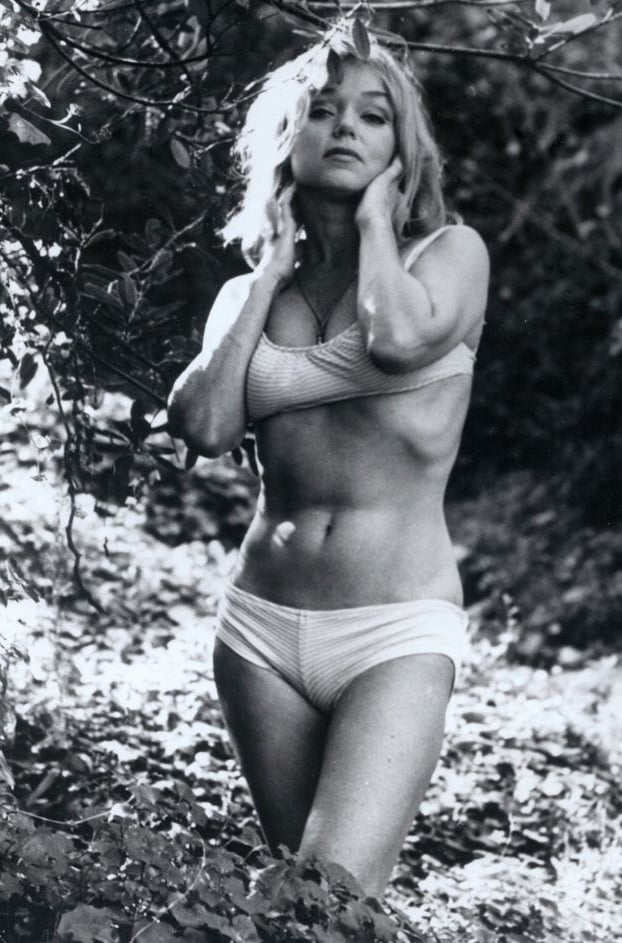
A Childhood Steeped in Jazz and Wanderlust
Born Yvette Iola Vedder on August 26, 1928, in Kansas City, Missouri, she was the daughter of traveling jazz musicians Charles and Iola Vedder. Music was her first language, and her earliest memories were shaped by smoky clubs, piano riffs, and restless nights on the road. By the time she was a teenager, Yvette had performed with her parents, carrying her voice and charm across the country.
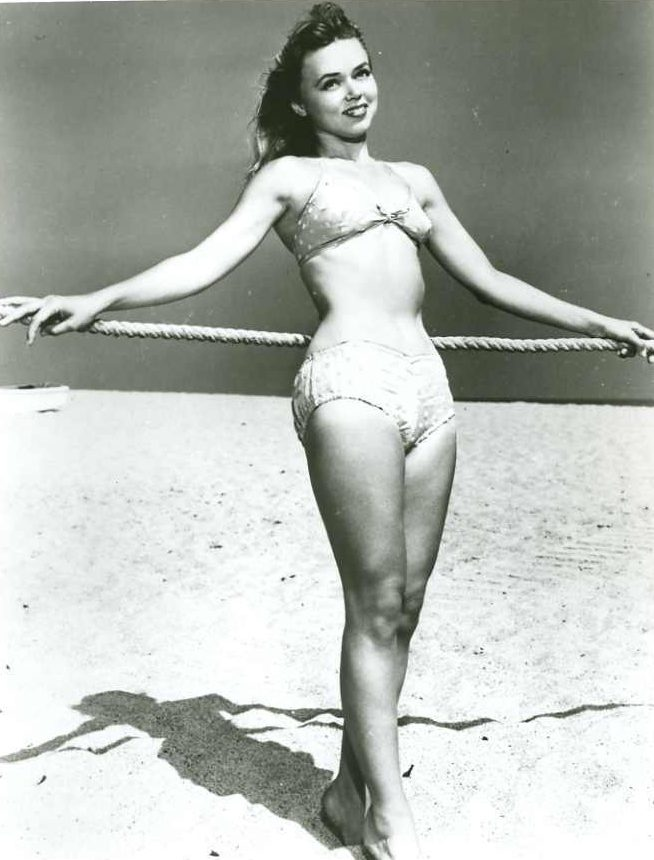
Though she enrolled at UCLA to study journalism, a drama class shifted her destiny. The stage called louder than the typewriter, and she switched her focus to theater. Soon, commercials and minor acting jobs followed, including her turn as the “White Rain Girl” in shampoo ads. Hollywood had found another fresh face ready to light up the screen.
Video : YVETTE VICKERS TRIBUTE
Breaking into Hollywood’s Spotlight
Yvette’s first big-screen moment came with a blink-and-you-miss-it role in Sunset Boulevard (1950), the ultimate tale of fading stardom. But her breakthrough arrived in Short Cut to Hell (1957), directed by James Cagney, where she channeled the energy of a femme fatale.
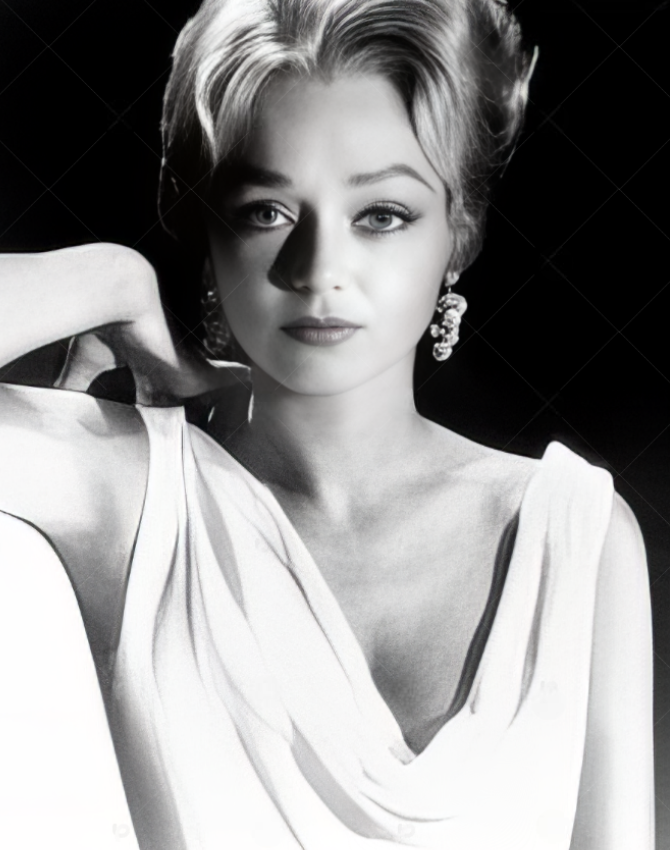
Her real claim to fame, however, was in cult classics that would later become midnight movie staples. In Attack of the 50 Foot Woman (1958), Yvette played Honey Parker, the conniving mistress whose scheming put her directly in the path of destruction. One year later, she starred in Attack of the Giant Leeches (1959), cementing her reputation as a B-movie scream queen. Though critics dismissed these films as campy or lowbrow, fans adored them—and Yvette became an icon of the so-bad-it’s-good genre.
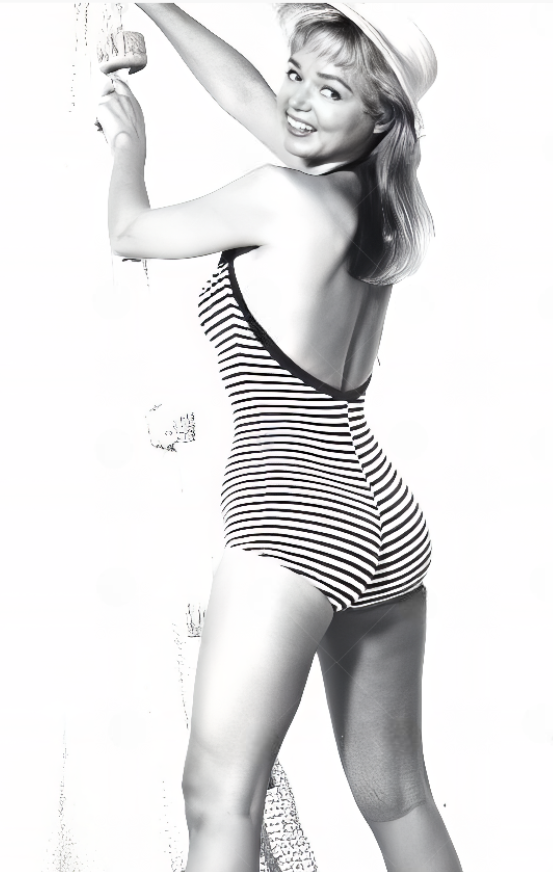
She also had small roles in prestige projects, including Hud (1963) with Paul Newman, though much of her work leaned toward television appearances in shows like Dragnet and One Step Beyond. Despite her talent and presence, A-list stardom always seemed just out of reach.
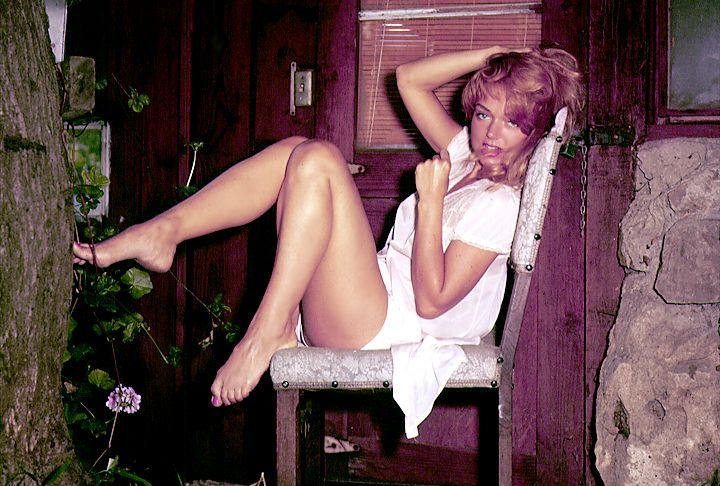
The Pin-Up Star and Hollywood Romances
Off-screen, Yvette’s allure was just as potent. In 1959, she posed for a high-profile magazine spread photographed by Russ Meyer, solidifying her reputation as one of the era’s most desired pin-ups. Rumors swirled about her romances with Hollywood heavyweights—Cary Grant, Lee Marvin, and Jim Hutton were just a few names whispered at industry gatherings. Hutton, in particular, was linked to her for over a decade, their relationship reportedly lasting 15 years.
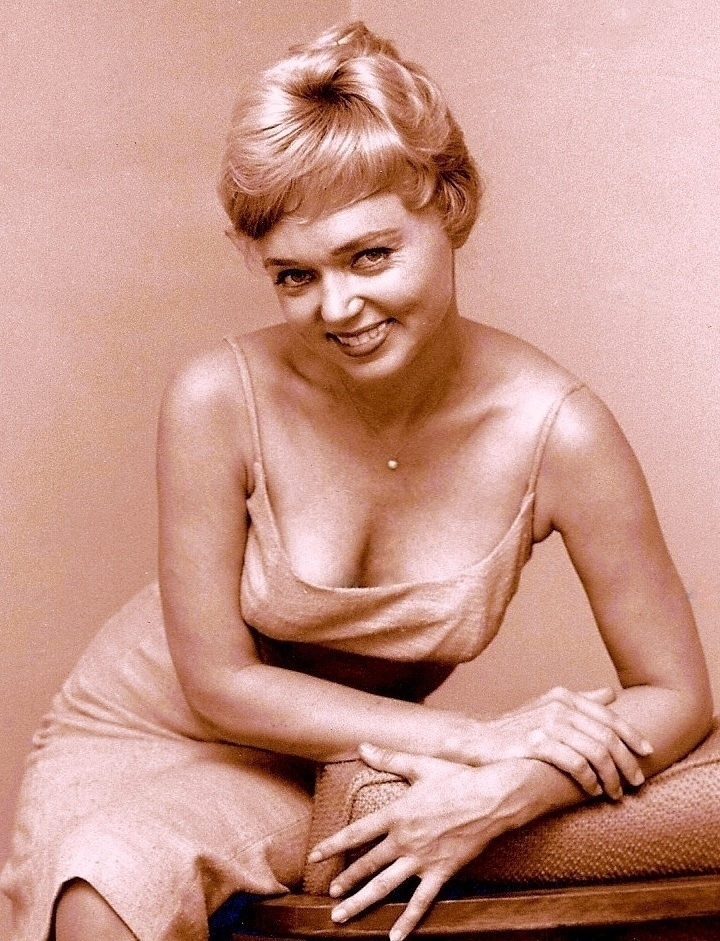
On Broadway, Yvette starred in The Gang’s All Here (1959–1960) with Melvyn Douglas, proving she could command the stage as easily as the screen. But despite her efforts to break into more serious roles, Hollywood’s changing landscape and the fading studio system limited her trajectory.
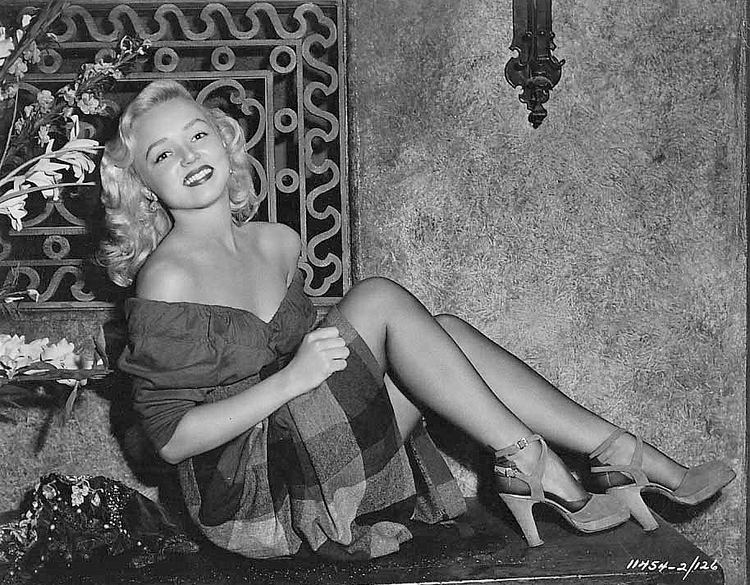
A Creative Spirit Beyond Film
Yvette was far more than a pin-up or scream queen. She had music in her veins and, in the 1990s, recorded a jazz album, A Tribute to Charlie and Maria, in honor of her parents. She sang on the cabaret circuit in Los Angeles and even dabbled in experimental projects, collaborating with the punk band Nyck Varooms Tomb on a track with the unforgettable title, “The Leeches Are Crawling All Over Me.”
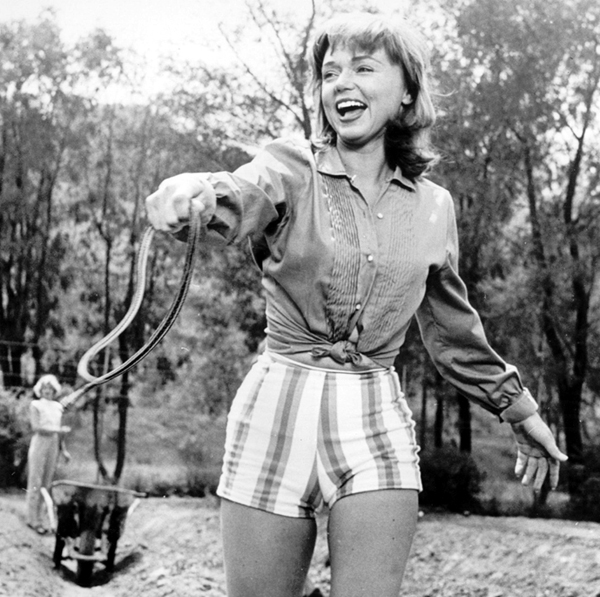
Her creative side extended to writing as well—she worked on an autobiography, chronicling her glamorous yet tumultuous life. Although the book was never completed, fragments reveal a woman who wanted to be remembered for more than just her beauty.
Isolation and Decline
As the decades passed, Yvette drifted away from Hollywood’s center. She lived in a once-charming cottage in Benedict Canyon, Beverly Hills, but as the years went on, the home fell into disrepair. Friends noted her growing paranoia—she believed she was being followed or targeted—and her struggles with failing eyesight and heavy drinking deepened her isolation.
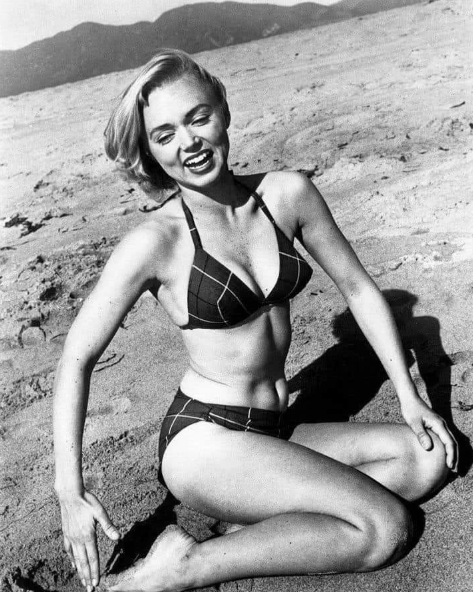
Fan mail piled up unanswered, and old friends lost contact. By 2010, Yvette had become a recluse, hidden away in a decaying home that stood as a metaphor for her fading star power.
Video : 13 Sexy Photos of Yvette Vickers
The Tragic Discovery
In April 2011, neighbors noticed cobwebs around her mailbox and uncollected letters yellowing in the sun. Concerned, a neighbor entered the cottage and made a chilling discovery—Yvette’s mummified body. Investigators estimated she had died nearly a year earlier, alone and unnoticed. A space heater still ran, and a phone lay off its cradle. She was 82 years old.
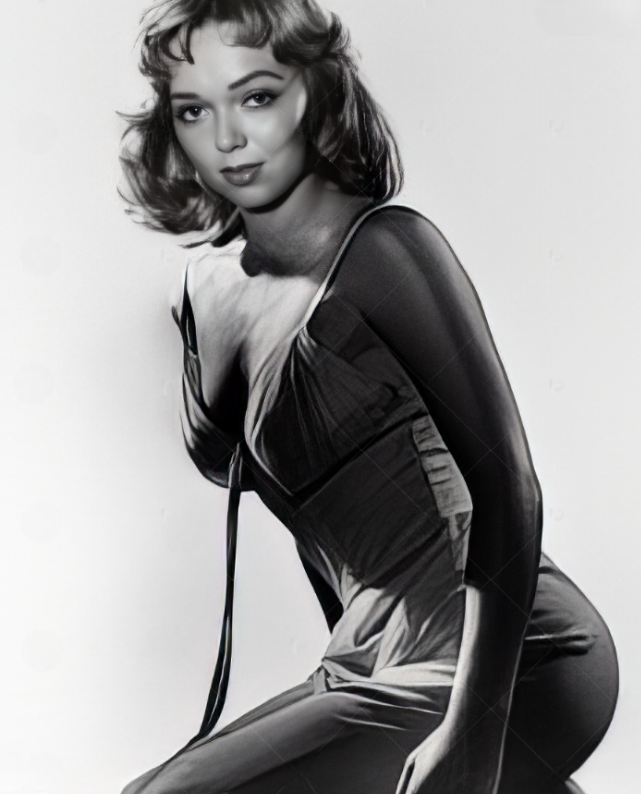
The eerie scene echoed the tragic glamour of Sunset Boulevard, where the loneliness of faded fame consumes its star. News of her death sent shockwaves through Hollywood, not only because of her cult status but also because of the heartbreaking reality that she had been gone so long before anyone realized.
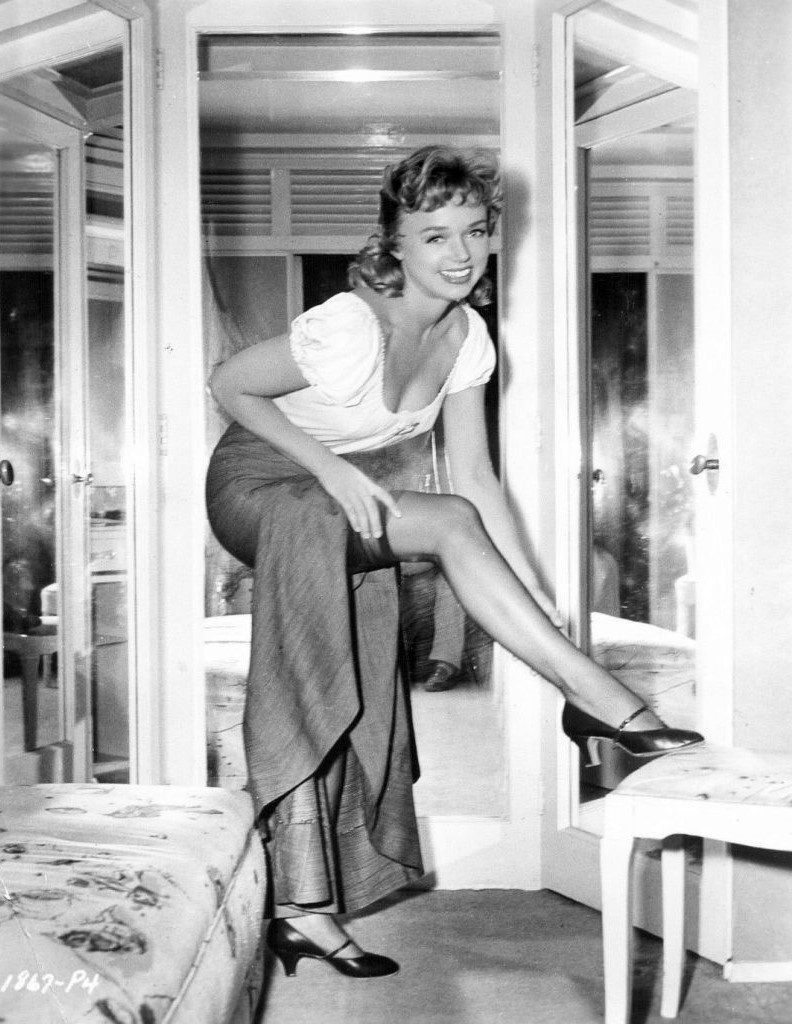
Legacy of a B-Movie Queen
Despite her tragic end, Yvette Vickers remains a beloved figure among film fans and cult cinema enthusiasts. Attack of the 50 Foot Woman and Attack of the Giant Leeches live on in midnight screenings and DVD collections, with Yvette’s performances celebrated for their boldness and charisma. Her jazz music, her stage work, and her enduring allure remind us that she was far more than a stereotype of Hollywood’s bombshell era.
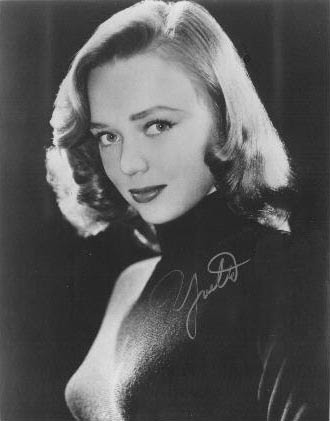
Her life serves as both inspiration and caution—proof that beauty and talent can open doors, but also a reminder of how quickly the world can forget those who once lit up the screen.
Conclusion
Yvette Vickers’ story is one of glitter and shadows, of flashing bulbs and darkened rooms. From her jazz-filled childhood to her rise as a pin-up and B-movie queen, she captivated audiences with her beauty and charisma. Her rumored romances, her music, and her creative ambitions painted the picture of a woman who longed to be remembered for more than her looks. Yet, her later years of paranoia and isolation ended in a tragic finale that mirrored the noir scripts she once embodied.
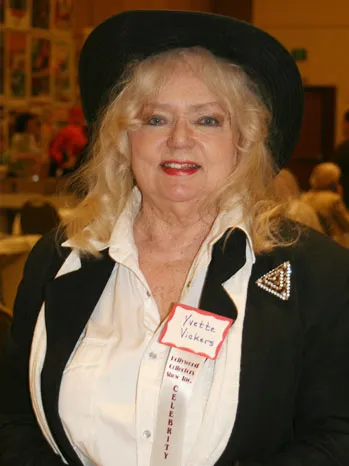
Though her life ended in solitude, her legacy endures. Yvette Vickers remains a symbol of Hollywood’s golden age and its darkest truths—an unforgettable siren whose story continues to fascinate and haunt.